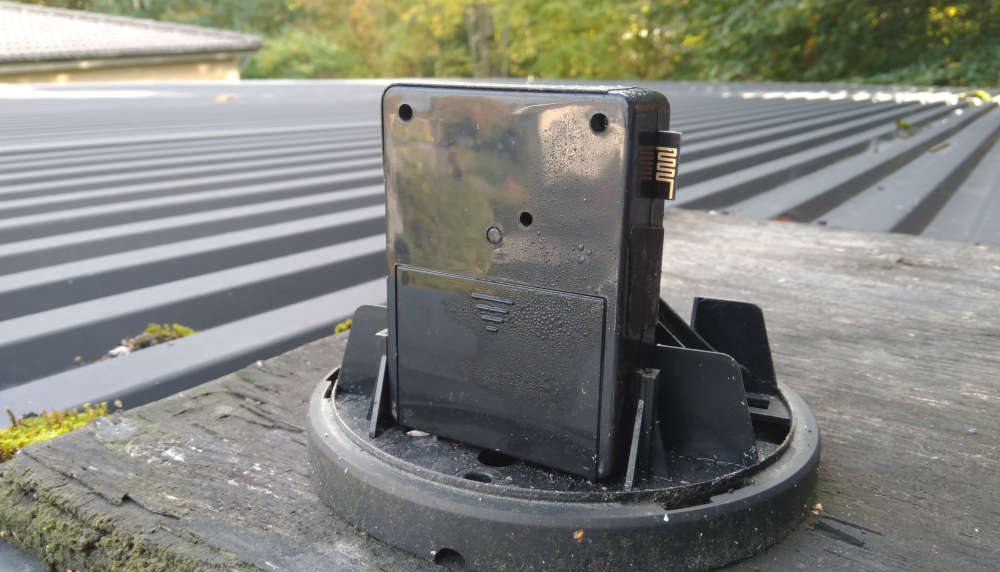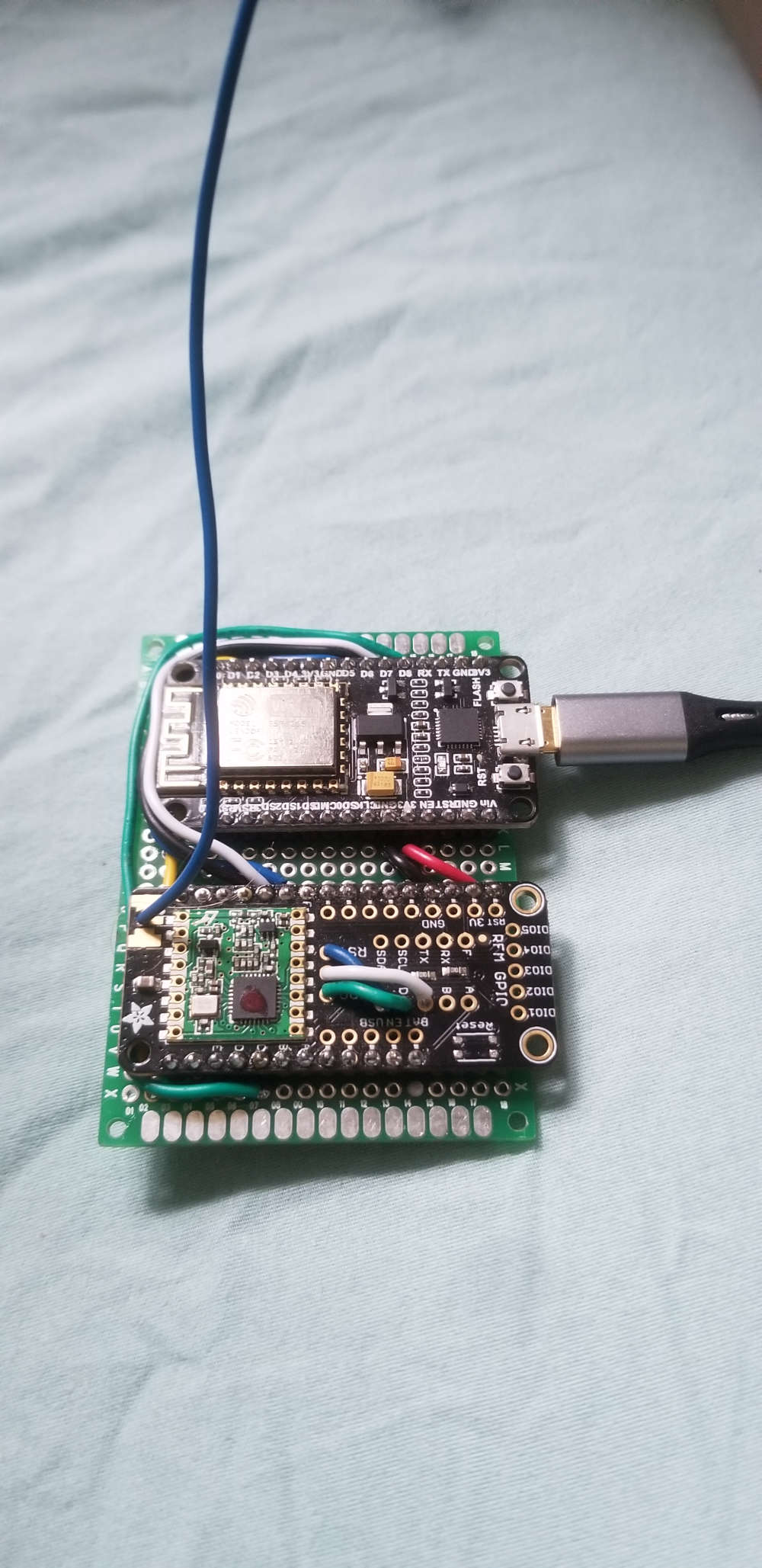What did you build today (Pictures) ?
-
@mfalkvidd shot in the dark ; do you pull the PS pin high to select i2c protocol?
@yveaux yes I do. I took the easy way: soldered the 3.3V wire to pads 5 and 6 at the same time.
And I have tried putting a 104 ceramic capacitor between 3V3 and GND right next to the sensor.
CSB is connected to GND.My next step is either to see if I can get SPI working (instead of i2c), or order a new sensor. But first sleep.
-
BT832 Thin Node prototype. Inspired by https://forum.mysensors.org/topic/2067/my-slim-2aa-battery-node and @neverdie nrf5 and am612 research. I noticed the BT832 is about the same width as a AA battery holder. I'm using one AA LiFePo4. This is my first sensor with nrf5, bme280, and am612. I also incorporated a jst-sh 6 pin connector for programming. It includes swd, power, and text. All sensors are working. It did not turn out to be very thin. Need to try some smaller PIR lenses and rearrange components for the next iteration.

-
Nice work! If you want to go thinner, you may have to use a coincell. Looks nice the way it is though.
-
I have assembled a few UPS ... now I am testing these hardware.



-
@kalina said in What did you build today (Pictures) ?:
I have assembled a few UPS ... now I am testing these hardware.
Looks neat! How did you do the cutout of the sides of these enclosures?
@tsjoender said in What did you build today (Pictures) ?:
Looks neat! How did you do the cutout of the sides of these enclosures?
No magic, this is the work of the CNC...)))

-
Today I had the ladder so I could get on the roof so while there I changed batteries on my rain node.



-
Today I had the ladder so I could get on the roof so while there I changed batteries on my rain node.



-
@sundberg84 But what did you build today? ;-)
@yveaux nothing that I can post here unfortunately... only a ladder for my cat 😂 non automated.
-
It's a breakout for a Fanstel BT832 (NRF52832). Two experiments with this board, still a work in progress:
-
I wondered if it would be possible to hand solder to the LGA pads on the back of the BT832 using small plated thru holes (6 solder spots middle left in the first picture). Two pads connected. The rest did not. About what I expected.
-
Using just the microprocessor of the BT832 to make a LoRa node. (NRF5 radio turned off). So far the Ra-01 is not initializing. Edit (10/8). The RA-01 now initializes. I needed to update the pin assignments in MyBoardNRF5.h.


-
-
@yveaux nothing that I can post here unfortunately... only a ladder for my cat 😂 non automated.
@sundberg84 said in What did you build today (Pictures) ?:
@yveaux nothing that I can post here unfortunately... only a ladder for my cat 😂 non automated.
Just pretend you have automated your cat. We can't control from here.
-
Colleagues!
I am writing in this thread, because here are the most active users of the forum and the system MySensors.:raised_hands:
Perhaps you can help me with the solution of my problem: Improvement Xiaomi smart kettle (I need help!)
Maybe you had similar projects...
Then, I can finally publish a new project in this thread. :v: -
Colleagues!
I am writing in this thread, because here are the most active users of the forum and the system MySensors.:raised_hands:
Perhaps you can help me with the solution of my problem: Improvement Xiaomi smart kettle (I need help!)
Maybe you had similar projects...
Then, I can finally publish a new project in this thread. :v: -
@vladimir please don't crosspost. Everybody is able to see the latest messages, so there is no need to point to your post from multiple threads.
-
-
@sundberg84 said in What did you build today (Pictures) ?:
The rules are simple - keep it simple with one picture (or a few) with a small text including a small exp

sick of breadboard so made the gateway more permanent. added a nice dc plug to it after pic
-
Playing with how small I could create a EasyPCB if I only used SMD components and footprints for both RFM69 and Nrf24l01+... including MysX, Signing, Flash offcourse... and a coincell...

-
Playing with how small I could create a EasyPCB if I only used SMD components and footprints for both RFM69 and Nrf24l01+... including MysX, Signing, Flash offcourse... and a coincell...





